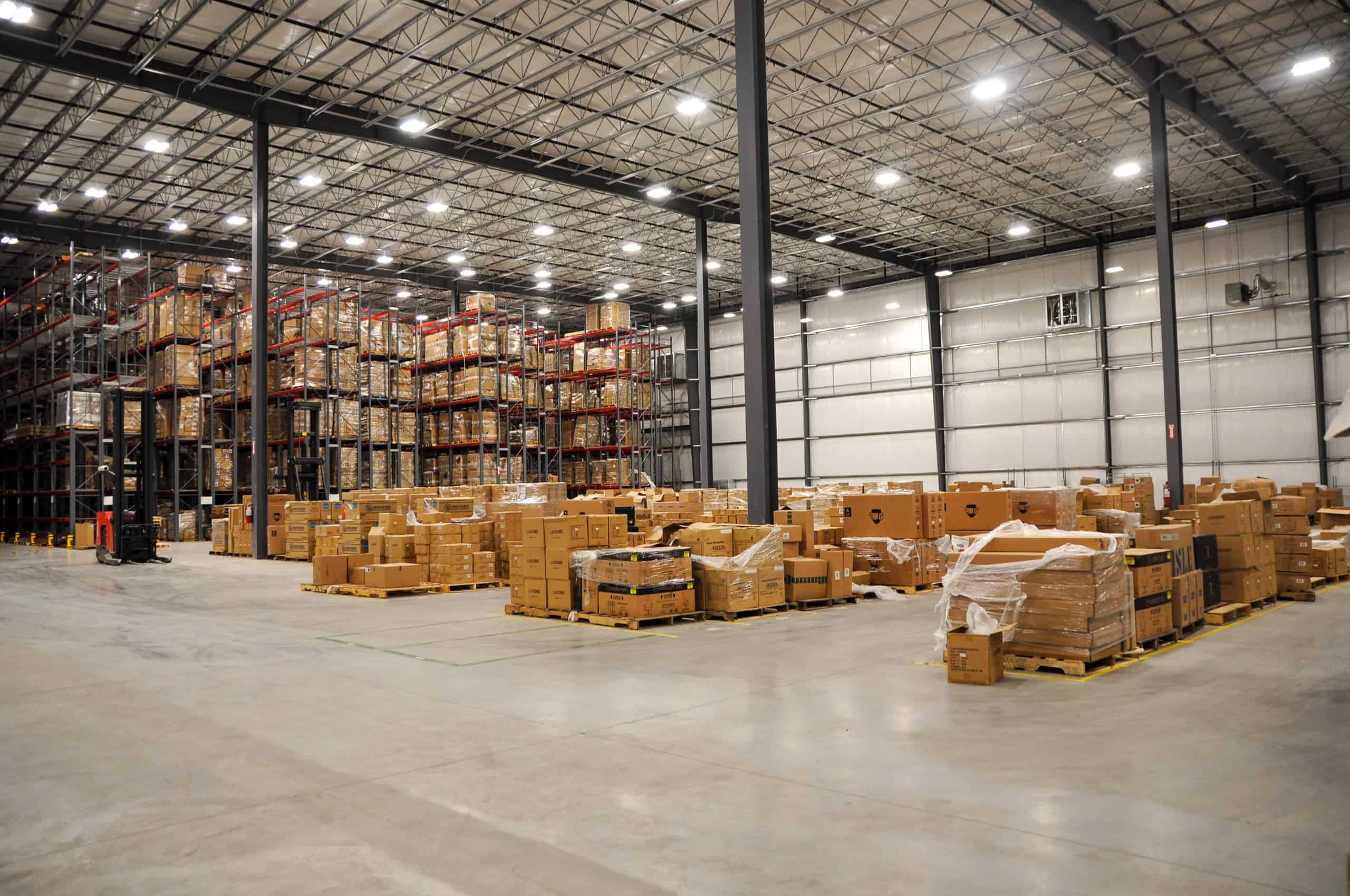Pet Supplies 3PL & Fulfillment Services
Reliable third party logistics provider for pet supplies companies
Our seasoned logistics team excels at handling the complex fulfillment needs of pet supplies brands.
We specialize in big, heavy & bulky items, easing your fulfillment burden while saving you money through our deep shipping discounts from national carriers. Let us take care of the heavy lifting so you can focus on growing your business.

We ship thousands of pet supply products every month.
Let us handle yours.
For years, Red Stag has been the trusted fulfillment partner for leading pet supply brands nationwide. Allow our seasoned team to manage your order fulfillment and shipping for a wide range of products:

Large pet cages and habitats

Dog houses and outdoor shelters

Multiple-bag pet food subscriptions

Cat towers and large pet furniture

Pet beds and cushions

Automated pet feeders

All pet accessories

Aquarium systems and supplies

Bulk pet food and supplies

Pet carriers and travel products

One of the reasons we moved to Red Stag is because they had secured big discounts with their carriers. If you’re a brand with large products, high surcharges for big and heavy items can really kill you.
Red Stag went really aggressive on cutting down those costs with the carriers, and they could pass the savings on to us.

Jon Blair
Former CFO/COO at Guardian Bikes | Founder at FreeToGrowCFO.com
Why partnering with a 3PL built for bulky items
like pet supplies benefits your brand:

Deep shipping discounts
from national carriers
Pet supplies like crates, cat trees, and bulk food can be costly to ship. Our volume-based partnerships with national carriers deliver substantial savings on big and heavy items, directly improving your bottom line.

Purpose-built storage solutions
Our facilities feature high ceilings, wide aisles, and specialized equipment for handling bulky pet items. Our team expertly handles everything from 50-pound food bags to delicate aquarium equipment with precision and care.

Protected by iron-clad guarantees
When shipping premium pet supplies worth hundreds of dollars, mistakes aren’t an option. We back our service with zero-loss and accuracy guarantees, plus compensation if we fall short, protecting your inventory investment.

Human + automation hybrid approach
Unlike 3PLs that rely solely on automated systems, we combine skilled personnel with specialized equipment. This hybrid approach ensures your pet products receive careful handling while maintaining efficient operations.

Common challenges of pet supply fulfillment & shipping to customers
01
Pet supplies often include bulky items like cages, heavy bags of food, and fragile products requiring specialized storage and handling.
02
Temperature-sensitive products like pet food, medications, and supplements need careful climate control during storage and shipping.
03
Mixed orders combining small toys with bulky items like cat litter require accurate picking and packing to avoid inaccurate shipments.
04
Product expiration dates on pet food and supplements require careful rotation and tracking during the fulfillment process.
The Red Stag Story
Focusing on big, heavy and bulky fulfillment since 2012
In 2011, our co-founders were on their third 3PL and at their wit’s end.
Their sporting goods e-commerce company was growing rapidly. But fulfillment was a major problem— late deliveries to customers, lost inventory, and package mixups were costing them dearly—in both money and customer loyalty.
One of the problems? Their inventory was heavy and bulky. And the 3PLs were struggling with the (literal) heavy lifting.
This was the moment Red Stag was born.
And since our very first client was our owners’ sporting goods company, we purpose-built our operations to handle big, heavy, and bulky fulfillment from day 1.

Pet supplies fulfillment isn’t the only thing we have going for us…

US support team with dedicated account managers
You never get lost in the shuffle at Red Stag Fulfillment. Need to pick up the phone and talk to someone today? You got it. We aren’t going to send you down a support ticket rabbit hole with an outsourced rep.

Clean and organized warehouses
This should be a given for any 3PL, right? Sadly, it’s not. Cleanliness and organization are two of the best leading indicators of a successful operation. We’re proud of our warehouses and welcome you to come see for yourself, anytime.

Privately owned
12 years later, our co-founders still own 100% of Red Stag. They’re in it for the long haul. No venture capital pushing for growth at all costs. No 4PL shenanigans. We value a reliable and consistent fulfillment experience that brings peace of mind to operators.
Not convinced?
We get it, this is a difficult decision.
Your products are the life of your brand, and having them at the mercy of an outsourced partner requires a lot of trust. That’s why we have one of the most in-depth consultative sales processes in the industry to make sure you find the very best fit—even if it’s not us (we turn away over 95% of companies, helping them find better fits instead!). Send us some info and we will help point you in the right direction.
Red Stag Pet Supplies Fulfillment FAQs
What are Red Stag Fulfillment’s guarantees?
We stand behind our service with 4 iron-clad guarantees: 1) All inventory received and ready to ship within 2 business days, 2) ZERO inventory shrinkage, 3) 100% on-time shipping, and 4) 100% order accuracy.
For late shipments or receiving delays, we pay you $50 per occurrence. Inaccurate orders earn you $50 plus covered shipping costs for corrections. If any pet supplies inventory is lost under our care, we’ll reimburse you for your cost. These guarantees protect your business and demonstrate our commitment to excellence in pet supply fulfillment.









Where are Red Stag Fulfillment’s warehouses?
Our two strategic warehouse locations in Sweetwater, Tennessee (Knoxville) and Salt Lake City, Utah provide optimal coverage for pet supply deliveries across the continental US. This bi-coastal approach ensures fast shipping times while minimizing costly inventory transfers between facilities.
Our warehouse strategy is particularly effective for pet supplies, allowing most orders to reach 96% of U.S. customers in 2 days while maintaining efficient inventory management.









What is Red Stag Fulfillment’s pricing?
We develop custom pricing for each client based on their specific needs and shipping patterns. Our team works diligently to secure competitive rates and has negotiated excellent shipping discounts for pet supplies, especially bulky items like large bags of food and heavy cat litter.









Will Red Stag Fulfillment integrate with my store?
Yes, your store will integrate with Red Stag. No matter which online retail platform you use, we’ll sync it with our system. We have APIs for all the major ecommerce platforms and can provide custom integrations for unique circumstances.

